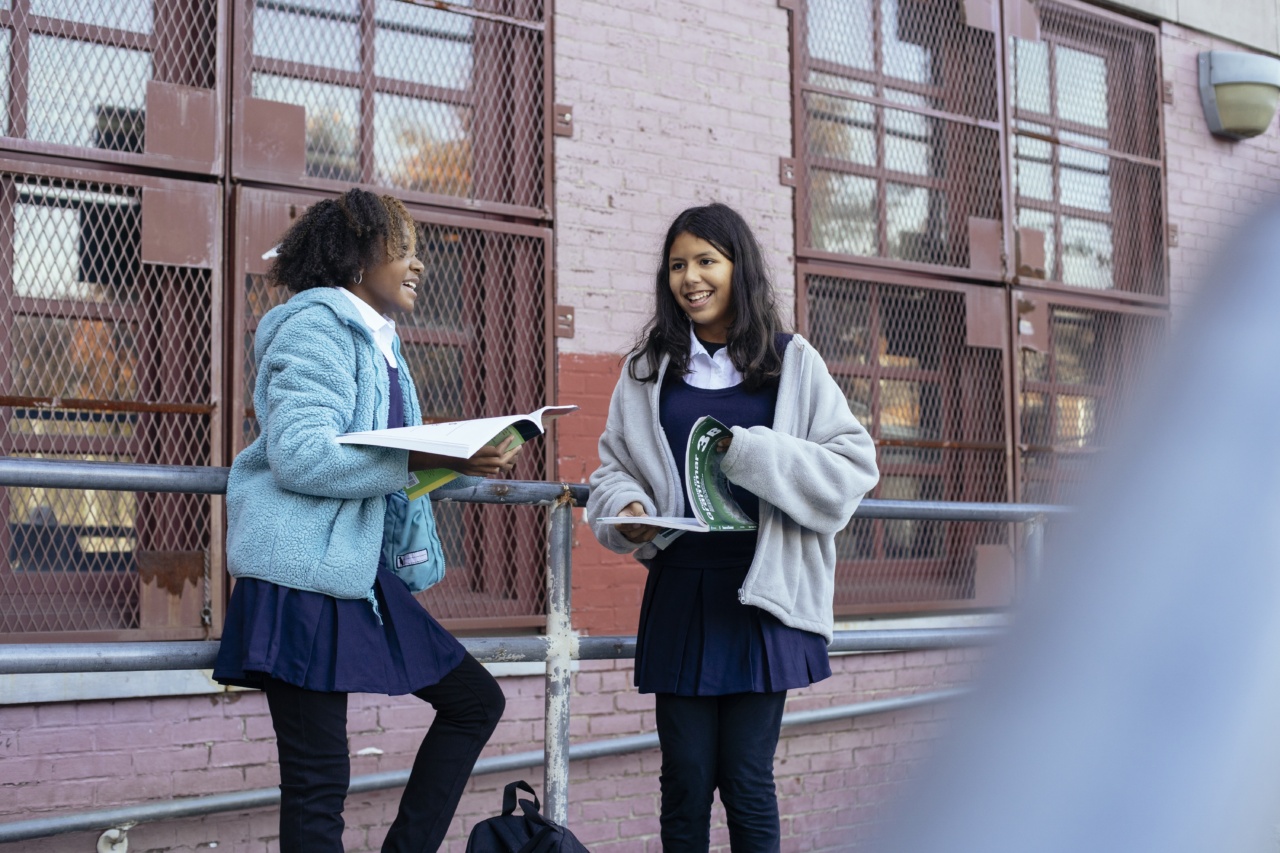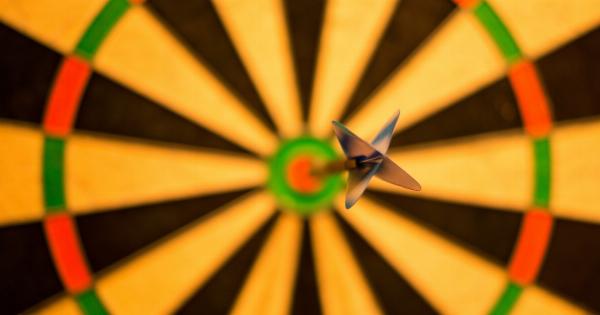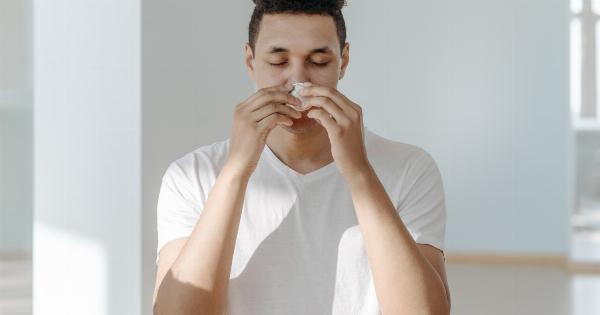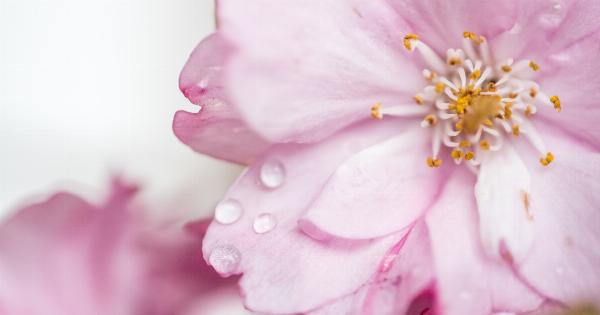Allergic rhinitis, commonly known as hay fever, is a condition that affects both children and adults. However, it’s more prevalent in kids, affecting between 10 and 30% of children worldwide.
Children who suffer from allergic rhinitis experience a range of symptoms including sneezing, congestion, runny nose, and itchy eyes. These symptoms can be distressing and interfere with a child’s daily activities and overall quality of life.
What Causes Allergic Rhinitis in Kids?
Allergic rhinitis occurs when the immune system overreacts to allergens such as pollen, dust mites, animal dander, and mold spores.
When a child with allergic rhinitis comes into contact with an allergen, her immune system produces immunoglobulin E (IgE) antibodies. These antibodies trigger the release of histamine, a chemical that causes swelling, inflammation, and irritation in the nose, throat, and eyes.
Types of Allergic Rhinitis in Kids
There are two types of allergic rhinitis in kids: seasonal and perennial.
Seasonal Allergic Rhinitis
Also known as hay fever, seasonal allergic rhinitis occurs during specific times of the year, usually during spring or fall. It’s triggered by outdoor allergens such as pollen from trees, grass, and weeds.
Perennial Allergic Rhinitis
Perennial allergic rhinitis occurs throughout the year and is usually caused by indoor allergens such as dust mites, pet dander, and mold.
Symptoms of Allergic Rhinitis in Kids
The symptoms of allergic rhinitis in kids may vary depending on the child’s age, and the type of allergen that triggers the condition. Some common symptoms include:.
- Sneezing
- Runny nose
- Stuffy nose
- Itchy nose, eyes, and throat
- Congestion
- Watery eyes
- Ear pain
- Headache
- Difficulty breathing
In some severe cases, kids with allergic rhinitis may experience secondary infections such as sinusitis, ear infections, and asthma.
Treatment of Allergic Rhinitis in Kids
The treatment of allergic rhinitis in kids depends on the severity of symptoms, the age of the child, and the type of allergen that triggers the condition. Some common treatments include:.
Allergy Shots
Allergy shots, also known as allergen immunotherapy, involve injecting small amounts of allergens under the skin of the child over a period of time. The shots help the child build up immunity to the allergen and reduce the severity of symptoms.
Antihistamines
Antihistamines are medications that block the effects of histamine in the body. They’re used to relieve symptoms such as itching, sneezing, and runny nose.
Some antihistamines are available over-the-counter, while others require a prescription from a doctor.
Intranasal Corticosteroids
Intranasal corticosteroids are medications that reduce inflammation in the nose and relieve nasal congestion. They’re usually prescribed to children with moderate to severe allergic rhinitis.
The medications are available in nasal sprays and require a prescription from a doctor.
Nasal Decongestants
Nasal decongestants are medications that help relieve nasal congestion by constricting blood vessels in the nasal passages. They’re available over-the-counter in the form of nasal sprays, drops, and oral medications.
However, they should be used cautiously in children as they can cause rebound congestion if used for more than a few days.
Environmental Control Measures
Environmental control measures involve reducing the child’s exposure to allergens that trigger allergic rhinitis.
For example, if the child is allergic to dust mites, the parent should clean the child’s room regularly, vacuum carpets and rugs, and use dust-proof covers on pillows and mattresses.
Preventing Allergic Rhinitis in Kids
Preventing allergic rhinitis in kids involves reducing your child’s exposure to allergens and building up her immunity to potential allergens. Some tips to help prevent allergic rhinitis in kids include:.
- Identifying allergens that trigger your child’s allergic rhinitis and taking steps to reduce exposure
- Cleaning the child’s room regularly and using hypoallergenic bedding
- Keeping windows closed during peak pollen seasons
- Using air conditioning to keep the air in the house clean and cool
- Encouraging your child to wash her hands regularly to reduce the spread of allergens
- Considering allergy shots or immunotherapy to build up your child’s immunity to potential allergens
Conclusion
Allergic rhinitis is a common condition that affects a significant number of children worldwide. It’s triggered by allergens such as pollen, dust mites, animal dander, and mold. Symptoms include sneezing, congestion, runny nose, and itchy eyes.
Treatment depends on the severity of symptoms and may include allergy shots, antihistamines, intranasal corticosteroids, nasal decongestants, and environmental control measures. Preventing allergic rhinitis in kids involves reducing your child’s exposure to allergens and building up her immunity to potential allergens.




























